The Accidental Invention of Play-Doh
The much-loved children’s toy was a desperate spinoff of a putty used to clean soot off of wallpaper
/https://tf-cmsv2-smithsonianmag-media.s3.amazonaws.com/filer/c8/de/c8de69b0-47ba-4ed2-b99f-1dae6bad409c/play_doh.jpg)
The handwriting was on the wallpaper for Kutol. Founded in 1912 in Cincinnati, the company’s primary product—a soft, pliable compound used for wiping soot from wallpaper—was no longer in demand and the firm’s future looked bleak. Fortunately, the sister-in-law of one of its principals had an idea: let kids play with it.
Kutol Products had become the largest wallpaper cleaner manufacturer in the world in the early 20th century. Fortunes began to change in the 1950s, though. With the transition from heating with dirtier coal to cleaner oil, gas and electricity, sooty buildup on wallpaper was no longer an issue in many households.
Joseph McVicker was trying to turn around the struggling company when his sister-in-law read an article about how wallpaper cleaner could be used for modeling projects. Sister-in-law Kay Zufall, a nursery school teacher, tested the nontoxic material with children, who loved molding it into all kinds of shapes. She told McVicker of her discovery and even suggested a new name: Play-Doh.
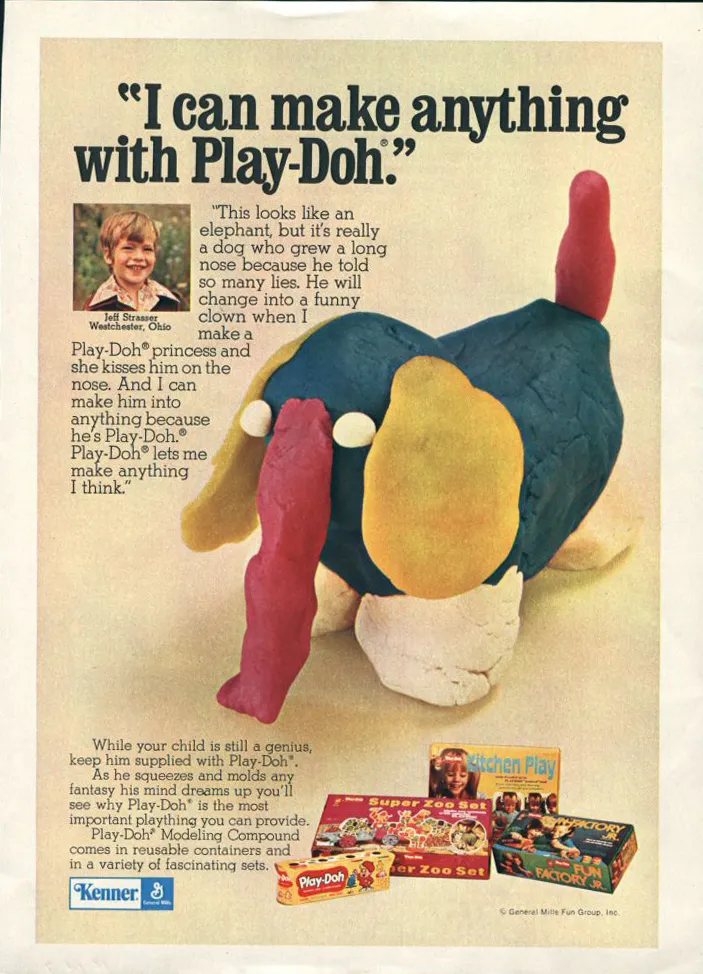
“It’s a tale of technological obsolescence with a happy ending,” says Christopher Bensch, vice president of collections at the Strong National Museum of Play in Rochester, New York. “Fortunately, the sister-in-law realized it would make a better toy than a cleaning product. That turned the company’s fortunes around.”
Of course, today Play-Doh Modeling Compound is a playtime phenomenon. Now owned by Hasbro, this accidental invention has grown into a worldwide franchise that is as much a rite of passage for kids as it is an opportunity to be creative and have fun. According to Fortune magazine, Play-Doh has sold more than 3 billion cans since its debut as a child’s toy in 1956—eclipsing its previous existence as a wallpaper cleaner by light years. That’s more than 700 million pounds of the salty stuff. “Urban legend has it that if you took all of the Play-Doh compound created since 1956 and put it through the Play-Doh Fun Factory playset, you could make a snake that would wrap around the world 300 times,” writes Hasbro on the Play-Doh site. The dough was inducted into the National Toy Hall of Fame at the Strong in 1998.
In addition to the soft, pliable compound we all know and love, the product line has grown to include Play-Doh Touch, Play-Doh Kitchen Creations, Play-Doh Shape & Learn, DohVinci, an arts-and-crafts toy system for making artistic creations, and many more. There are also co-branding extensions that feature My Little Pony, Disney Princesses, Star Wars and Disney Frozen characters and play sets. And let’s not forget about the new compounds that have just hit the market—Play-Doh Putty, Foam, Slime, Cloud and Krackle!
“Looking at key consumer insights over the past couple of years, we have seen a growing desire for new ways for children to express their creativity, and cultural trends, like the viral sensation slime has become amongst today’s kids and tweens, helped inspire the launch for this year,” Adam Kleinman, Hasbro’s vice president of global brand marketing, told the HuffPost in September.
Originally available in white only in 1956, Play-Doh soon expanded to include basic colors red, blue and yellow. It is now sold in a panoply of hues, including Rose Red, Purple Paradise, Garden Green and Blue Lagoon. The Putty line includes metallic and glittery tints. The recipe has gone through minor modifications over time. At one point, the amount of salt was reduced so the product would not dry out so quickly. But, for the most part, the mixture has remained the same.
According to Bensch, Zufall is the mother of this time-tested toy. For her students in nursery school, she was looking for a suitable alternative to modeling clay, which could be messy and difficult to work with for young hands. Zufall had read an article about using wallpaper cleaner to make holiday decorations and thought that might just do the trick. She had a hard time locating a container made by Kutol Products since manufacturing had already been scaled back.
“The wallpaper cleaner was already being phased out,” Bensch says. “Kutol was headed down the drain at that point.”
Zufall then took her discovery to McVicker, who formed the subsidiary Rainbow Crafts Company. He began marketing his old product by its new name, which was suggested by Zufall and her husband Robert. Woodword & Lothrop, a department store in Washington, D.C., was the first to carry Play-Doh. Macy’s and Marshall Field’s soon took an interest in the toy and began selling it too.
Sales soared in 1958 when Play-Doh was featured in televised ads on “Captain Kangaroo,” “Ding Dong School” and “Romper Room.” Bob Keeshan, who portrayed the Captain, would talk about the product twice a week on his show, earning 2 percent of sales.
“There was never a contract but the deal ran for years,” Bensch says. “Captain Kangaroo was a big cheerleader for the product.”
The product line branched out in 1960 with the introduction of the Play-Doh Fun Factory, a toy press that allowed the compound to be pumped out in different shapes. Other line extensions included Animal Ark, Make a Meal Sub Shop and Dr. Drill & Fill, though none had the lasting ability of the Fun Factory, which is still sold today.
McVicker applied for a patent for Play-Doh in 1956, and was granted one on January 26, 1965, the same year Rainbow Crafts was sold to General Mills. Hasbro acquired the brand in 1991.
One of Play-Doh’s more endearing attributes is its distinctive smell. Anyone who has popped open a can of the molding compound easily recognizes its olfactory qualities. Children of all ages enjoy a fresh whiff of that inviting aroma emanating from a nontoxic mixture of flour, water, salt, borax and mineral oil.
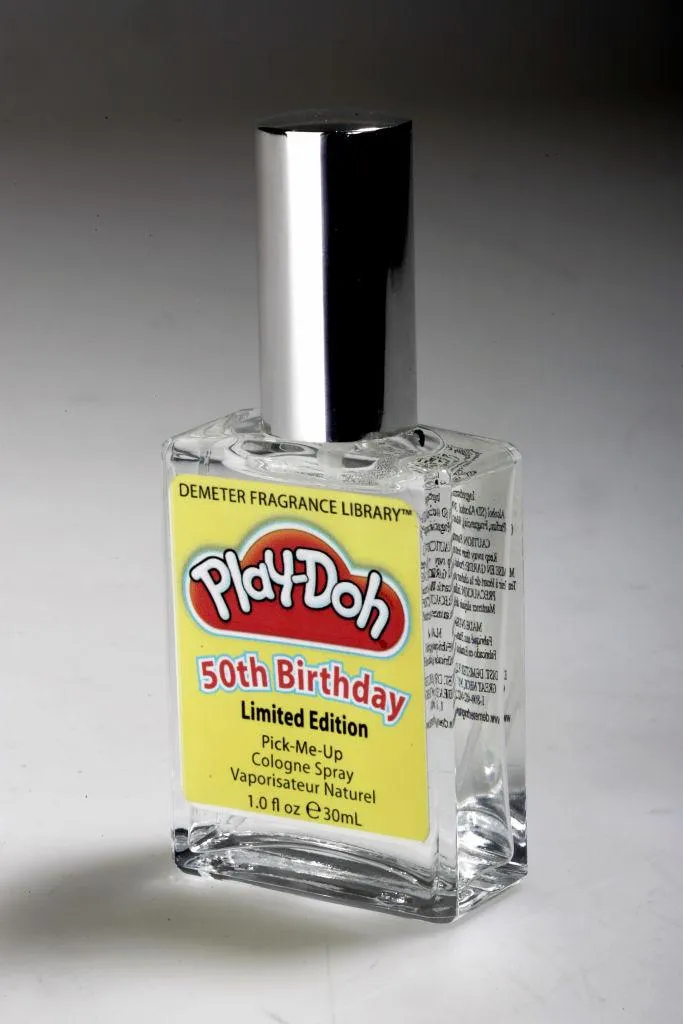
To mark the products 50th anniversary as a toy in 2006, Hasbro even created a Play-Doh perfume. It worked with Demeter Fragrance to create a fresh-out-of-the-can aroma.
“It was a great gag gift, but I don’t think it did anything more than that,” Bensch says.
To preserve its proprietary pungency, Hasbro filed for trademark protection in 2017, claiming the product had “a unique scent formed through the combination of a sweet, slightly musky, vanilla-like fragrance, with slight overtones of cherry, and the natural smell of a salted, wheat-based dough.” The company received the trademark on May 18, 2018.
That unique odor has the power to transport people back in time. Bensch recalls being in New York City in 2004 at the Toy Fair Show, the largest go-to-market event for the youth entertainment industry.
“We had cans of Play-Doh to attract people to our booth. They would open them and you could see this furtive look in their eyes as the aroma hit them,” Bensch says. “It was like the clock just got turned back to when they were 7 years old.”
/https://tf-cmsv2-smithsonianmag-media.s3.amazonaws.com/accounts/headshot/dave.png)
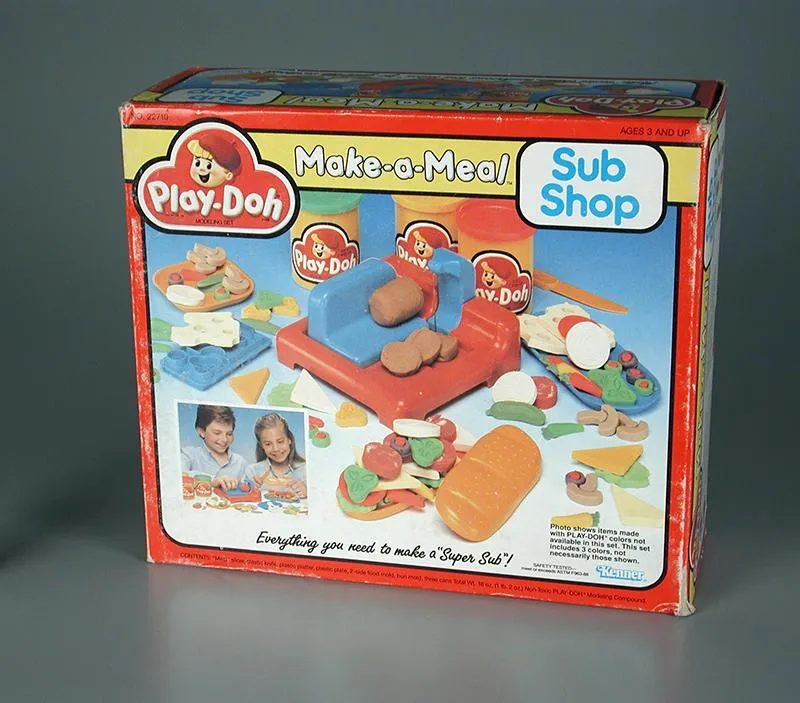
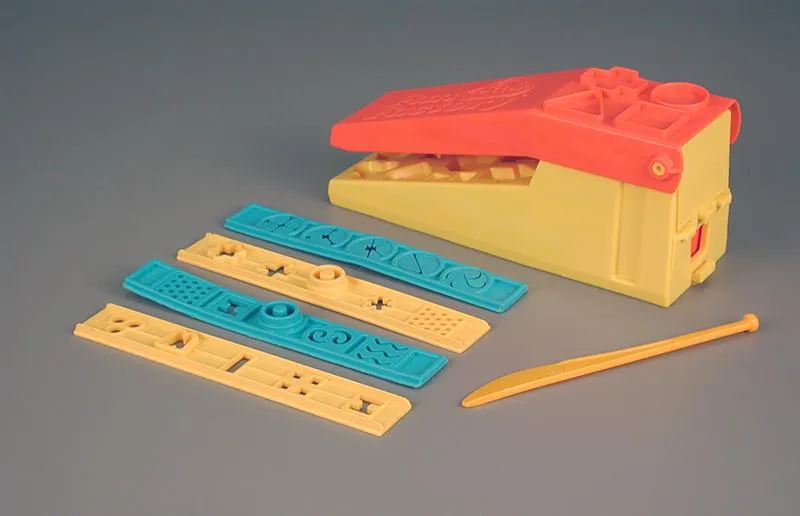
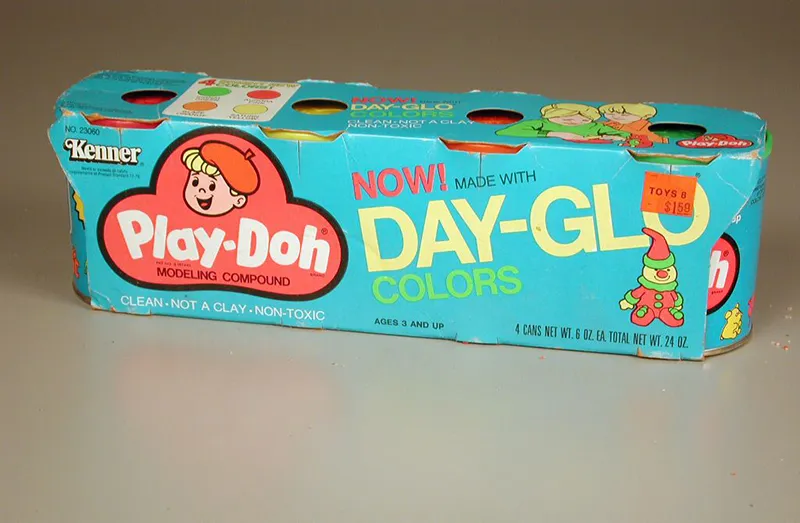
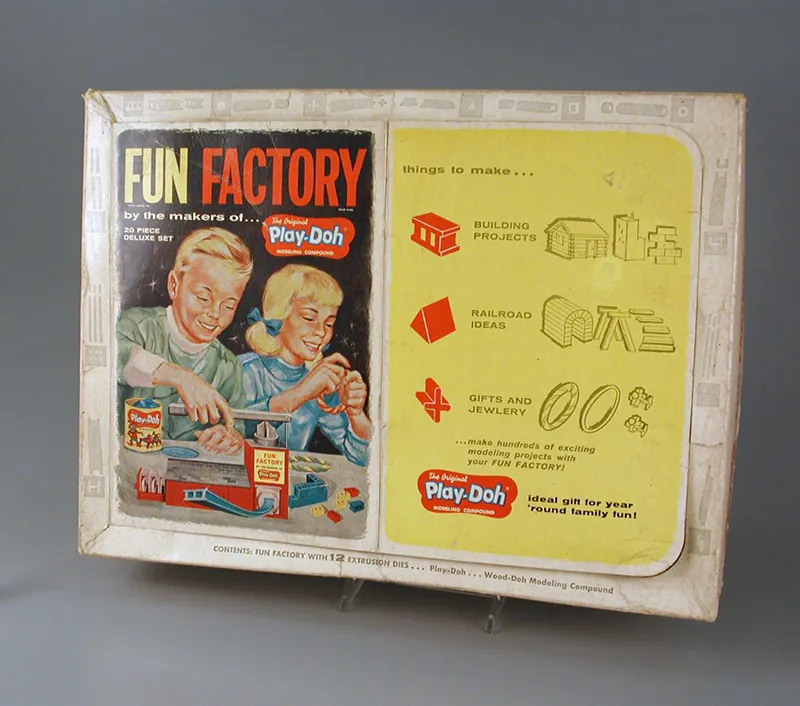
/https://tf-cmsv2-smithsonianmag-media.s3.amazonaws.com/accounts/headshot/dave.png)